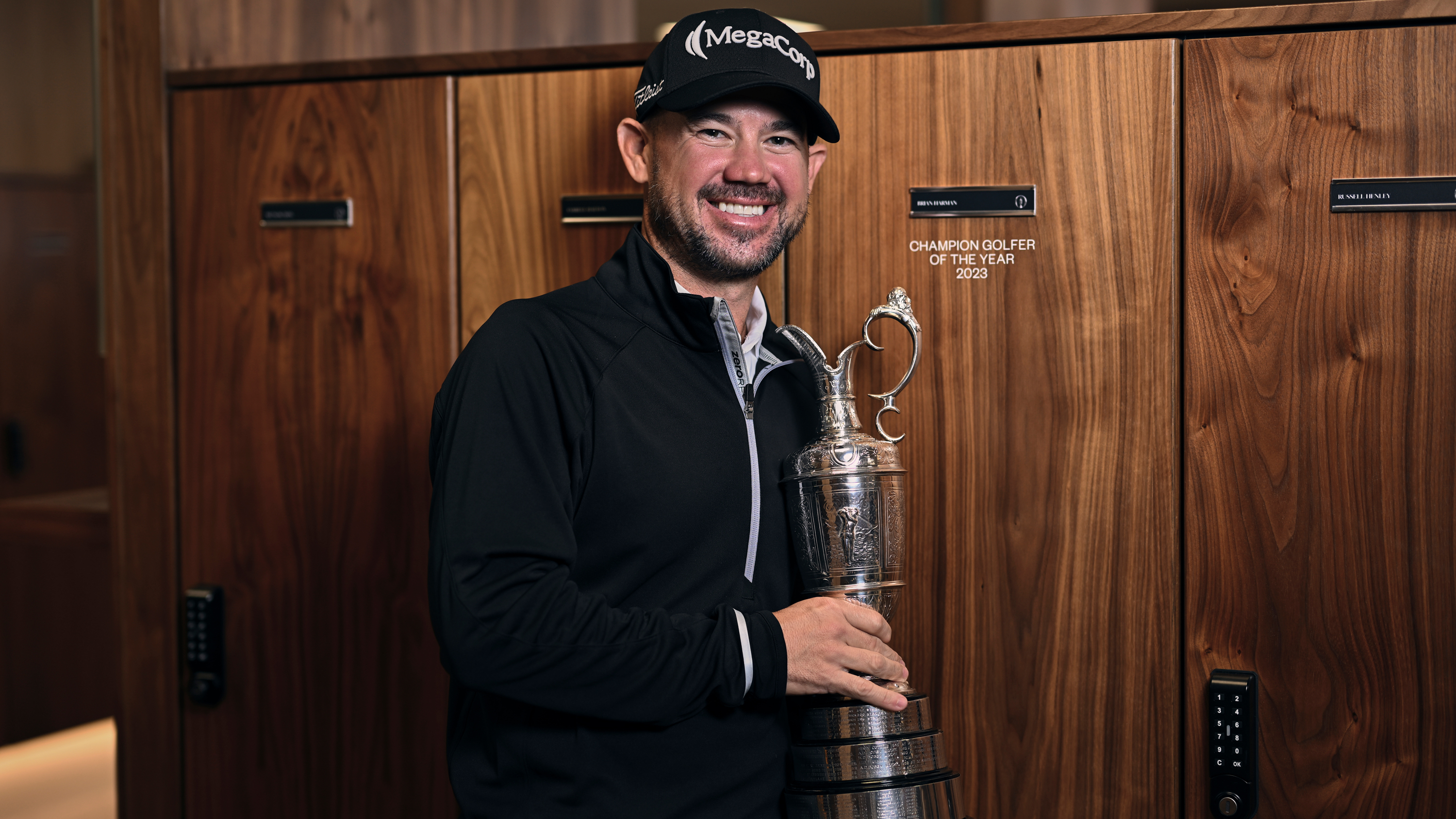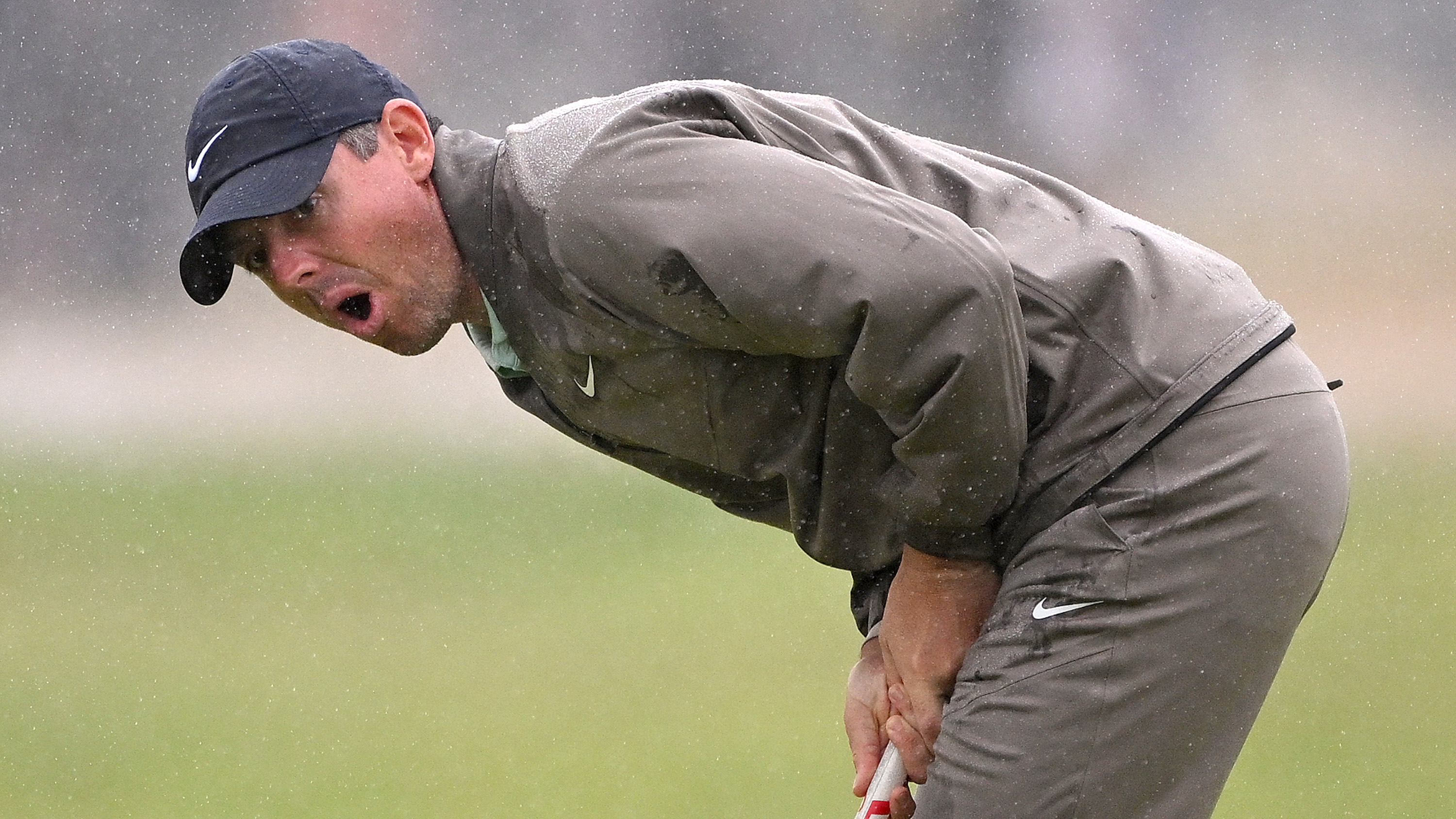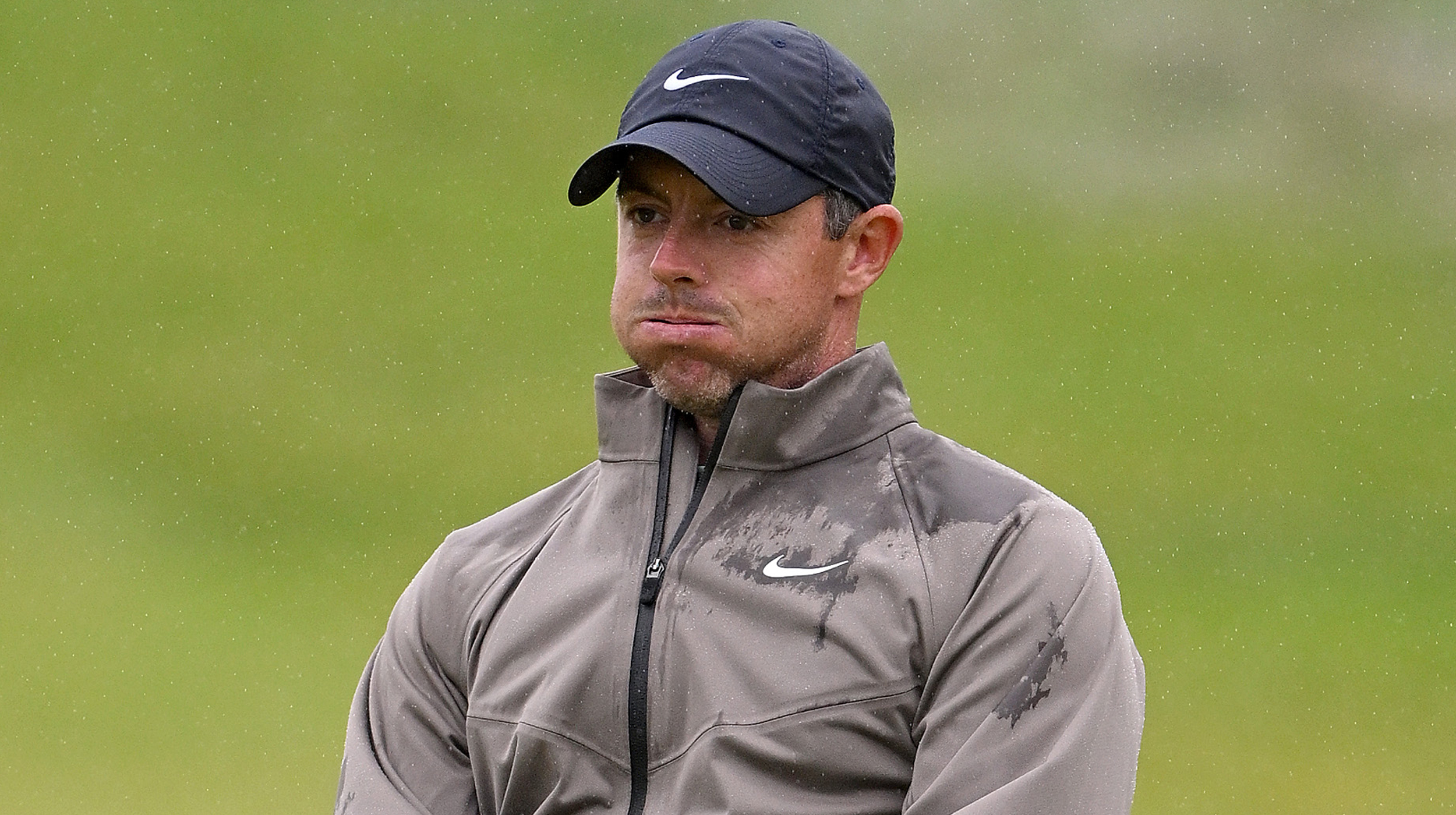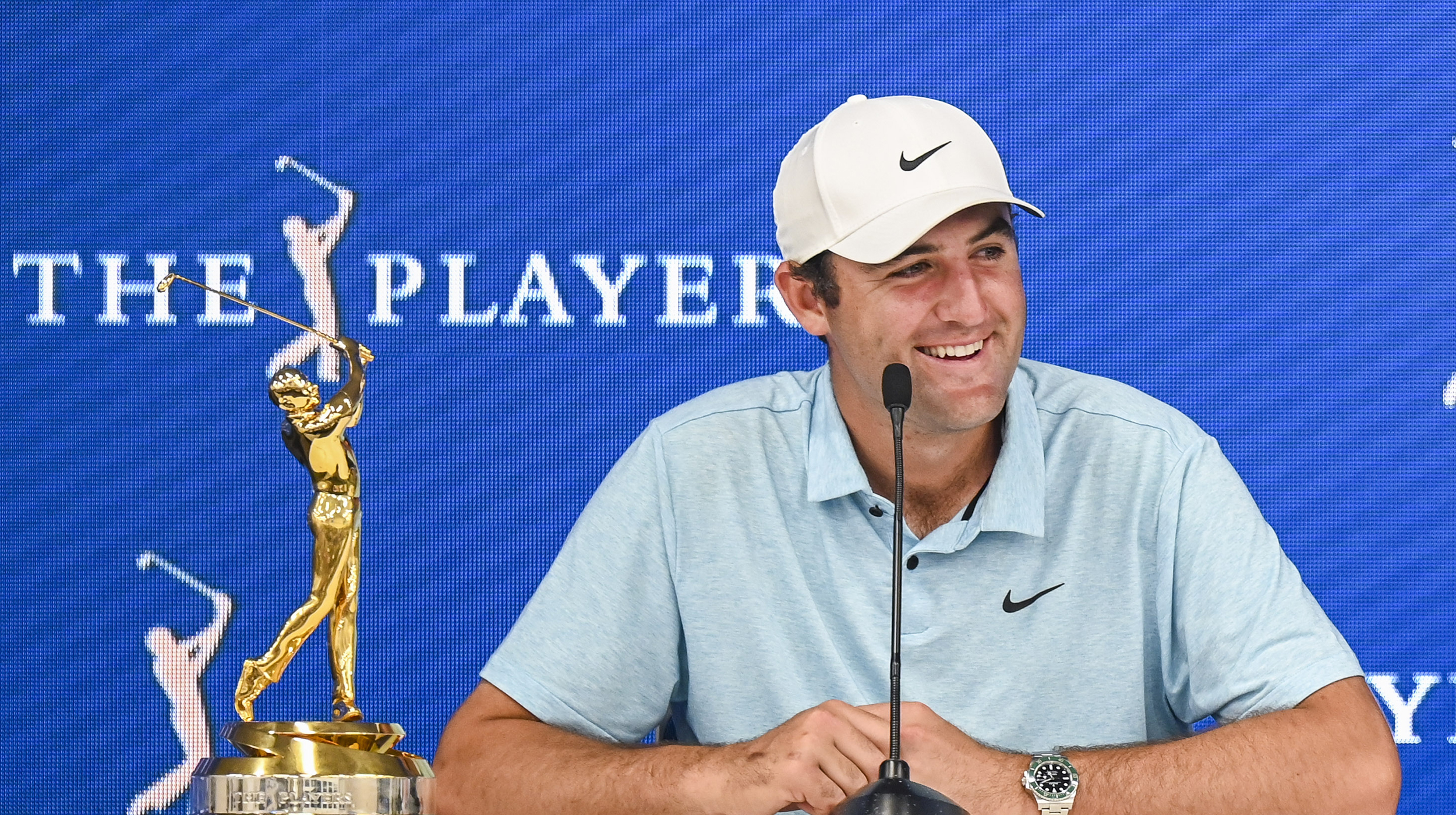Why Brian Harman’s Open Win Will Fan The Flames Of The Distance Debate
Brian Harman displayed at Royal Liverpool that distance isn’t everything at the very highest levels of men’s golf.


Even if Brian Harman was a disappointing Open winner for the majority of spectators at Royal Liverpool, his victory is good for the game of golf. In an age of power hitting where distance, apparently, dominates, Harman possesses a more technical, old-school game of precision from tee to green, combined with phenomenal putting prowess. His short game is simply superb and that is what won him The Open at Hoylake.
The distance debate has been rumbling for years. In fact, looking back at archive copies of Golf Monthly, the R&A was considering the problem of the ball travelling too far after the 1936 Open at Hoylake.
But, in recent years, the issue has come to the fore more prominently and the governing bodies recently proposed a Model Local Rule that would reduce the distance golf balls travel in elite golf. The R&A and USGA have said that increased hitting distance, “threatens golf’s long-term sustainability and undermines the core principle that a broad and balanced set of playing skills should remain the primary determinant of success in golf."
Brian Harman’s win at Hoylake demonstrated quite clearly that a broad and balanced set of playing skills can still prevail over out and out power. Yes, the stats show he largely got the job done with the putter. But he was also extremely reliable from the tee, despite a ball in a gorse bush on Sunday, he was solid on approach and he was excellent when it came to scrambling.
Those opposed to the Model Local Rule will point to Harman and say – ‘look here, a man who ranks 144th in driving distance this year on the PGA Tour is able to win a Major championship by six strokes.’ Those hitting the ball a country mile, McIlroy, DeChambeau, Rahm, weren’t able to match the score of a player who was, more effectively, hitting for positions and avoiding errors.

Brian Harman's short game was exceptional at Royal Liverpool
What this year’s Open really showed was that it’s course set-up that requires players to demonstrate a broad and balanced set of playing skills. The bunkering at Hoylake was punishing – An effective penalty stroke if one was found from the tee, a challenging up-and-down if one was found greenside. The rough was tough but playable, the green surrounds contoured to reject slightly errant shots but pin positions meant there were safe zones to play for, demanding strategy and precision.
The governing bodies should, and surely will, be pushing elite tournament venues to look at the course set-up at Hoylake as a benchmark. The R&A and Royal Liverpool should be heartily praised for their exceptional presentation of a perfect golfing test for the 151st Open.
Get the Golf Monthly Newsletter
Subscribe to the Golf Monthly newsletter to stay up to date with all the latest tour news, equipment news, reviews, head-to-heads and buyer’s guides from our team of experienced experts.
If all tournament courses were set up to reward accurate and sensible play and to punish wayward and careless play in the way Hoylake was, then the distance players hit the ball would become of far less importance. A ball in a pot bunker 370 yards out is still a ball in a pot bunker!
Brian Harman proved at Royal Liverpool that players with varying skillsets can prevail on courses that are set up correctly for top-level golf. He may just have struck a blow to prevent a bifurcation in The Rules of golf.

Fergus is Golf Monthly's resident expert on the history of the game and has written extensively on that subject. He has also worked with Golf Monthly to produce a podcast series. Called 18 Majors: The Golf History Show it offers new and in-depth perspectives on some of the most important moments in golf's long history. You can find all the details about it here.
He is a golf obsessive and 1-handicapper. Growing up in the North East of Scotland, golf runs through his veins and his passion for the sport was bolstered during his time at St Andrews university studying history. He went on to earn a post graduate diploma from the London School of Journalism. Fergus has worked for Golf Monthly since 2004 and has written two books on the game; "Great Golf Debates" together with Jezz Ellwood of Golf Monthly and the history section of "The Ultimate Golf Book" together with Neil Tappin , also of Golf Monthly.
Fergus once shanked a ball from just over Granny Clark's Wynd on the 18th of the Old Course that struck the St Andrews Golf Club and rebounded into the Valley of Sin, from where he saved par. Who says there's no golfing god?
-
 Why The 16th Pin Has Been Moved From Its Traditional Spot For The Masters Final Round
Why The 16th Pin Has Been Moved From Its Traditional Spot For The Masters Final RoundThe 16th pin at Augusta National is in an different position that normal for the final round of The Masters, but why is that?
By Mike Hall Published
-
 Seve Ballesteros And Brooks Koepka Among The Big Names That Rory McIlroy Would Join As A Five-Time Major Winner With A Masters Victory
Seve Ballesteros And Brooks Koepka Among The Big Names That Rory McIlroy Would Join As A Five-Time Major Winner With A Masters VictoryRory McIlroy leads The Masters going in to the final round and, if he were to win, he would join an illustrious list of five-time Major winners
By Matt Cradock Published
-
 Usual Suspects And Surprise Packages In 2023 Men’s Major Round-Up
Usual Suspects And Surprise Packages In 2023 Men’s Major Round-UpThe 2023 Men’s Major season is over. It’s delivered some scintillating golf and some surprise packages over the last three months
By Fergus Bisset Published
-
 How McIlroy And Fleetwood Came Up Short On The Greens At 151st Open
How McIlroy And Fleetwood Came Up Short On The Greens At 151st OpenEven if Brian Harman hadn’t shown up, fan favourites Rory McIlroy and Tommy Fleetwood would have fallen short at Hoylake says Fergus Bisset.
By Fergus Bisset Published
-
 Rory McIlroy 'Optimistic' Despite Major Drought Extending To A Decade
Rory McIlroy 'Optimistic' Despite Major Drought Extending To A DecadeThe Ulsterman last won a Major title at the PGA Championship nine years ago
By Michael Weston Published
-
 LIV Golf Stand-In Laurie Canter Plans DP World Tour Return
LIV Golf Stand-In Laurie Canter Plans DP World Tour ReturnThe Englishman joined LIV Golf in 2022, but he hopes to compete on the DP World Tour again in August
By Michael Weston Published
-
 'Very Similar Except For The Fact That He Stands On The Wrong Side Of The Golf Ball' - Zach Johnson On Brian Harman
'Very Similar Except For The Fact That He Stands On The Wrong Side Of The Golf Ball' - Zach Johnson On Brian HarmanThe US Ryder Cup captain recognises a lot of his own game in the man who lead's the 151st Open Championship
By Michael Weston Published
-
 The Biggest Checks, Purses And First Prizes In Golf
The Biggest Checks, Purses And First Prizes In GolfThe most lucrative golf tournaments in the professional game are no longer the Major Championships...
By Michael Weston Published
-
 How Does The Open Prize Money Compare To Other Sports?
How Does The Open Prize Money Compare To Other Sports?A look at how the $3m first prize for winning The Open stacks up against other individual sports
By Michael Weston Published
-
 Nerveless Brian Harman Completes Dominant Open Victory
Nerveless Brian Harman Completes Dominant Open VictoryBrian Harman clinched his maiden Major title in stunning fashion at Royal Liverpool
By Thomas Patrick Clarke Last updated